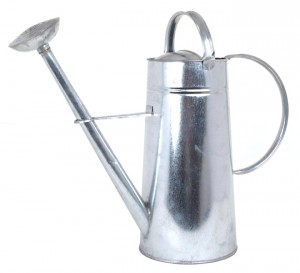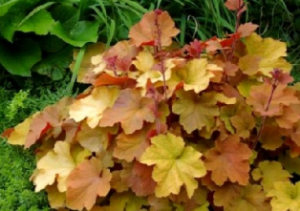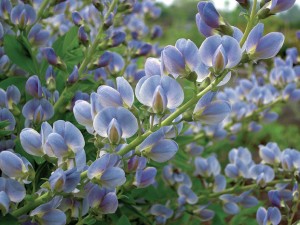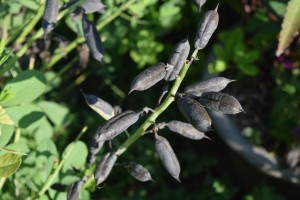In the garden, yellow captures our attention more than any other color. Daffodils, marigolds and sunflowers draw the eye with their cheerful colors and Sugar Maples and Ginkgo trees stop traffic with their brilliant hues in fall
While sunny annuals and golden fall foliage make us all smile, sudden or unexpected yellowing of leaves can also cause concern for gardeners.
Of all the plants in the garden, we don’t expect to see our evergreens take on a yellow shade. This time of year, however, yellowing on evergreen trees and shrubs is part of the normal growth process.
Conifers, such as pines, arborvitae, cypress, firs, and junipers undergo a process called “needle cast”. Needles on the interior of the tree are the oldest, and as fall approaches, they turn yellow or brown, and shed. The tips of the branches remain flexible and green, with needles firmly attached.
This shedding allows evergreen plants to lighten their branches, which will help them endure the weight of snow and ice in the winter.
This change in color is especially dramatic in new plantings, whose roots aren’t fully established yet. We also find shedding to be more prevalent after a drought or a particularly dry year as we’ve just experienced.
“Broadleaf” evergreens, such as Rhododendron, Hollies and Skip Laurel, experience seasonal leaf drop as well. In autumn they will shed their old foliage to make room for new growth in the spring. These types of evergreens will often shed again in the spring to flush out any leaves that have “burnt” or dried up over the winter.
Keep in mind that we still recommend watering twice a week in autumn. This will prepare your plants for winter and help them have a healthy growing season next spring.

















